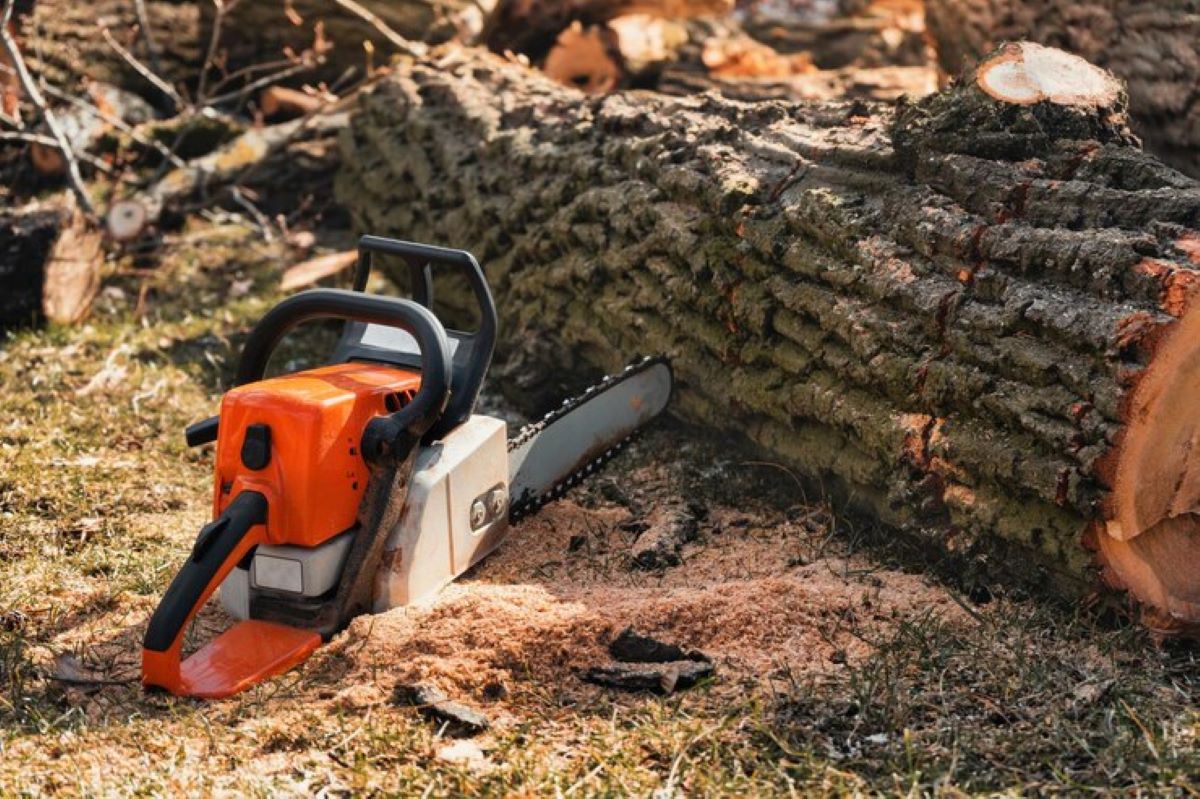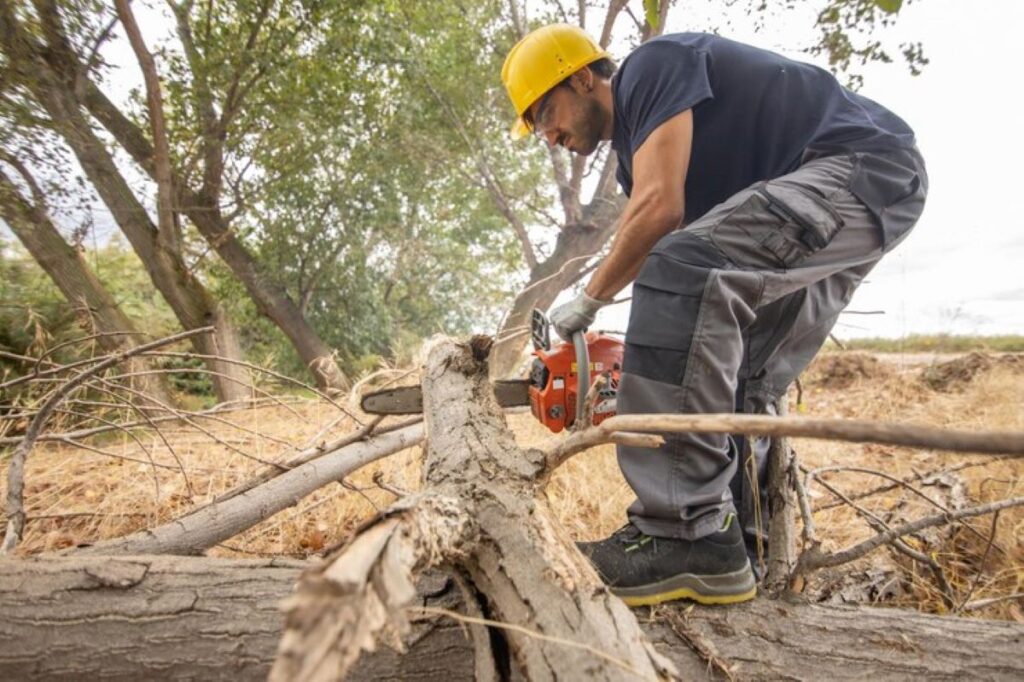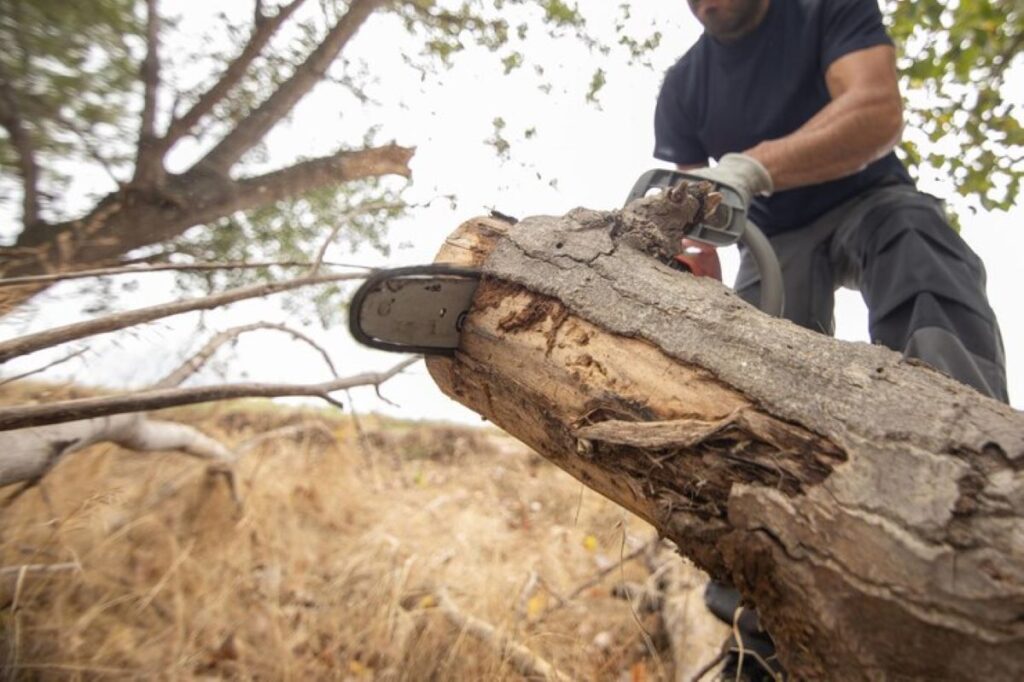
Maintaining the health and aesthetics of trees in urban landscapes is crucial for the overall beauty and ecological balance of communities. In Sydney, where diverse tree species thrive, professional arborists play a vital role in tree pruning and care. This article explores how these specialists can enhance the health and longevity of trees in residential and commercial settings.
Understanding the Role of an Arborist
An arborist is a trained professional skilled in the art and science of planting, caring for, and maintaining trees. Their expertise goes beyond just tree trimming; it encompasses various aspects of tree health and ecology. Arborists are knowledgeable about different tree species, their growth patterns, and the challenges posed by pests and diseases.
In project arborist sydney, arborists take into account the local climate and soil conditions, ensuring that the trees flourish and integrate well into their environments. Their role involves not only enhancing the landscape but also preserving the ecological integrity of the area. They often work closely with landscape architects and urban planners to ensure that tree planting and maintenance strategies align with broader environmental goals, such as increasing urban canopy cover and promoting biodiversity.
The Importance of Tree Pruning and Care
Tree pruning is essential for several reasons. First and foremost, it promotes healthy growth by removing dead or diseased branches that could hinder the tree’s vitality. Proper pruning encourages a robust structure and allows sunlight to penetrate the canopy, which benefits the tree’s overall health. Furthermore, well-pruned trees are less susceptible to wind damage, making them safer in storm-prone areas.
Additionally, regular care improves the aesthetic appeal of trees, contributing to the property’s value and the community’s landscape. Pruning can also prevent potential hazards; overgrown branches may pose risks to nearby structures or electrical lines. With an arborist’s guidance, you can ensure that your trees are both beautiful and safe. They may also recommend seasonal care routines, including mulching and fertilization, to enhance soil health and support the tree’s growth throughout the year.
Arborist’s Expertise in Tree Health
Arborists possess extensive knowledge about tree biology, including growth patterns, species-specific needs, and common pests and diseases. This expertise is crucial when diagnosing issues that a tree may encounter, such as fungal infections or insect infestations. They utilize a variety of diagnostic tools and techniques, from visual inspections to soil testing, to assess the health of trees accurately.
By recognizing early signs of distress, arborists can implement appropriate remedial measures to protect the tree’s health. This proactive approach not only prolongs the life of the tree but also contributes positively to the ecosystem by maintaining biodiversity and habitat integrity. Moreover, arborists often educate property owners on the importance of tree care, providing valuable insights into sustainable practices that can enhance the longevity and resilience of their trees. Their role in community education can foster a greater appreciation for urban forestry and encourage responsible stewardship of green spaces.
The Process of Tree Pruning
The process of tree pruning starts with a thorough assessment of the tree’s condition and its environment. An arborist evaluates the species, age, size, and overall health of the tree before devising a tailored plan that satisfies both aesthetic and health-related goals.
Initial Assessment and Planning
During the initial assessment, the arborist inspects the tree for any signs of disease, structural issues, or environmental stressors. This assessment is vital in determining the appropriate pruning techniques to use, as different species might respond differently to various methods.
Based on their findings, the arborist creates a detailed plan outlining which branches will be pruned, taking into account safety measures and the best time to perform the work for optimal recovery. This planning phase ensures minimal disruption to the tree while also maximizing its health benefits.

Execution of Pruning Techniques
Once the plan is set, the arborist will use specialized tools to execute the pruning. This process includes removing dead, diseases, or overgrown branches, and may even involve shaping the tree to enhance its aesthetic appeal.
Using proper techniques is essential, as improper cuts can lead to further damage or disease. Arborists are trained to make precise cuts that promote healing and minimize the risk of infestation, contributing to the tree’s long-term health.
Arborist’s Role in Tree Care
Beyond pruning, arborists play a comprehensive role in overall tree care. Their ongoing work includes regular maintenance checks and much-needed interventions when issues arise, ensuring trees remain healthy and attractive year-round.
Regular Maintenance and Inspection
Regular inspections by an arborist are key to preserving the health of trees. During these visits, potential problems can be identified before they escalate. Factors such as soil health, water availability, and surrounding conditions are assessed to ensure that the tree is thriving.
Routine maintenance also includes tasks like mulching, fertilization, and proper watering techniques, all of which support the tree’s health and growth. By implementing a regular care schedule, an arborist helps mitigate risks and nurture the trees for years to come.
Disease Prevention and Treatment
Tree diseases can significantly impact not only the individual tree but also the surrounding ecosystem. Arborists are trained to recognize and manage common tree diseases and pests. Early detection and treatment are crucial; delayed intervention can lead to irreversible damage.
Arborists utilize integrated pest management strategies to minimize harm while effectively controlling infestations. They employ environmentally friendly methods whenever possible, ensuring that the surrounding flora and fauna are not adversely affected.
Hiring a Professional Arborist in Sydney
Choosing a professional arborist in Sydney is essential for effective tree care. With a wide array of specialists available, understanding what to look for can make the hiring process easier and more successful.
Qualifications to Look For
When hiring an arborist, it is important to check their qualifications. Look for certification from recognized organizations, such as Arboriculture Australia or equivalent. This certification indicates that the arborist has undergone rigorous training and adheres to industry standards.
Additionally, consider their level of experience and specialization. Some arborists may have expertise in specific tree species or particular care methods, so aligning their skills with your needs is beneficial.
Benefits of Hiring a Local Expert
Engaging a local arborist offers numerous advantages. Local experts possess extensive knowledge of Sydney’s unique flora and environmental conditions, which can significantly impact tree health. They are often familiar with local regulations, ensuring that any pruning or tree removal is conducted in compliance with city guidelines.
Furthermore, local arborists can provide timely service and build a rapport with clients, making it easier to offer ongoing support and adjustments based on the evolving needs of the trees.
Common Questions About Arborists and Tree Care
As a property owner, you may have several questions about the role of arborists and the specifics of tree care. Understanding common inquiries can help clarify the need for professional intervention and the benefits it provides.

When to Call an Arborist
It is advisable to call an arborist if you notice any signs of distress in your trees, such as discolored leaves, a sudden loss of foliage, or unusual growth patterns. If branches appear dead or broken, particularly after severe weather, expert advice is crucial to prevent further damage.
Additionally, if you are planning a landscaping project that involves existing trees, consulting an arborist can help you make informed decisions that preserve tree health and structural integrity. Check out more about Tree Removal Sydney: Expert Services for Safe and Efficient Tree Removal
How to Prepare for a Tree Pruning Session
Preparing for a pruning session involves a few simple steps to ensure a smooth experience. First, identify and communicate any specific concerns with the arborist, such as areas of the tree you want them to focus on or potential hazards nearby.
Also, clear the area around the tree of any obstacles to allow easy access for the arborist and their equipment. Finally, be prepared to discuss the overall goals you have for your trees, which will assist the arborist in tailoring their approach to meet your needs.
In summary, enlisting the help of a professional arborist in Sydney is a wise investment in the health and longevity of your trees. Their expertise in tree care, combined with tailored services like pruning and regular maintenance, ensures that your trees thrive in a balanced and sustainable way. Whether you have existing trees or are considering new plantings, an arborist can guide you to make the best choices for your landscape.